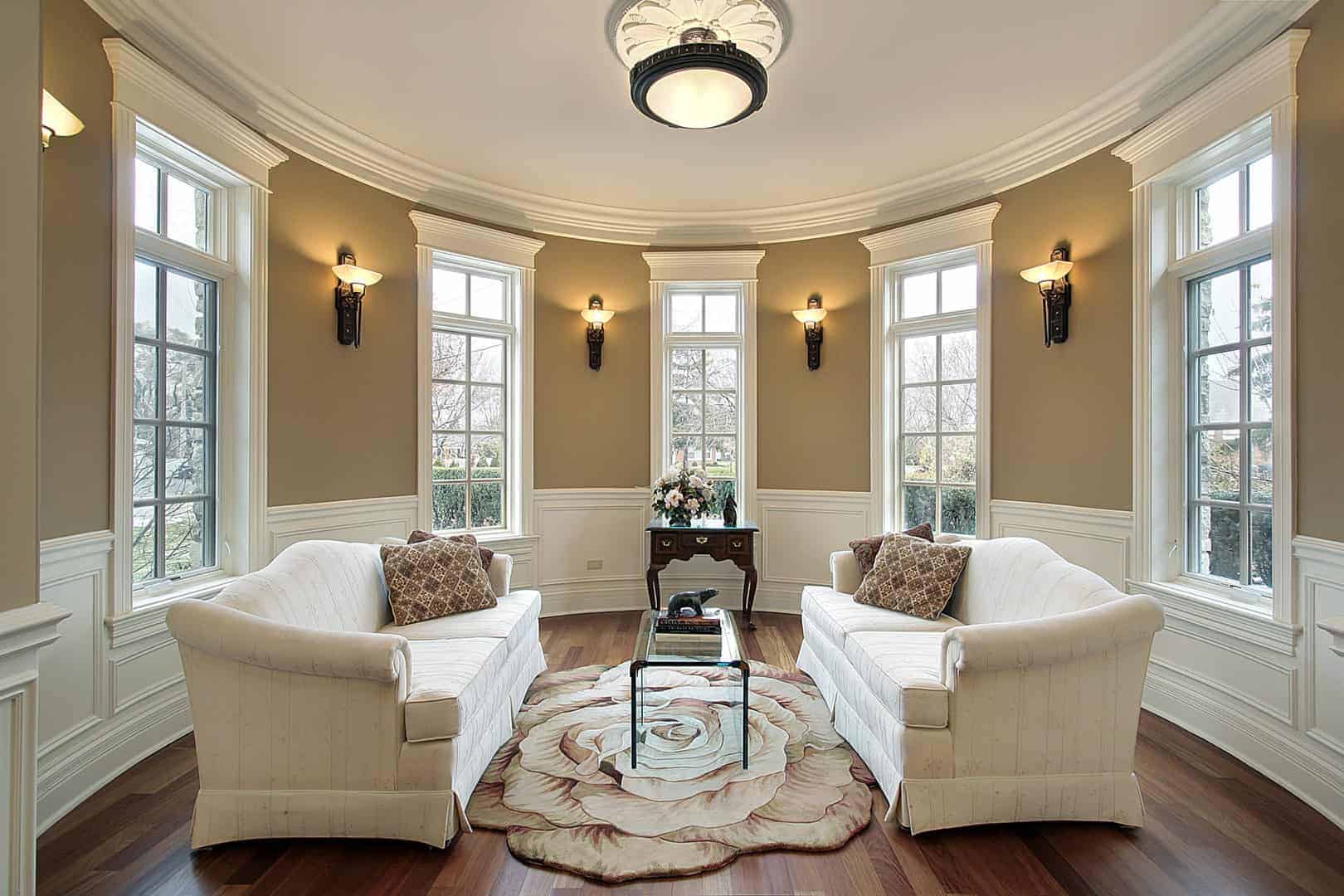Standing where the sunshine is maybe more than just an optimistic catchphrase.
We all know how light affects sleep and circadian rhythms. Did you also know that what kind of light and how light is used can have significant effects on our concentration, emotions, and daily productivity too?
Light is just as important as air and water, and knowing how to use light in designing and living in our homes can reap you great benefits.
Want to know how light shapes our living experiences? Read on to find out.
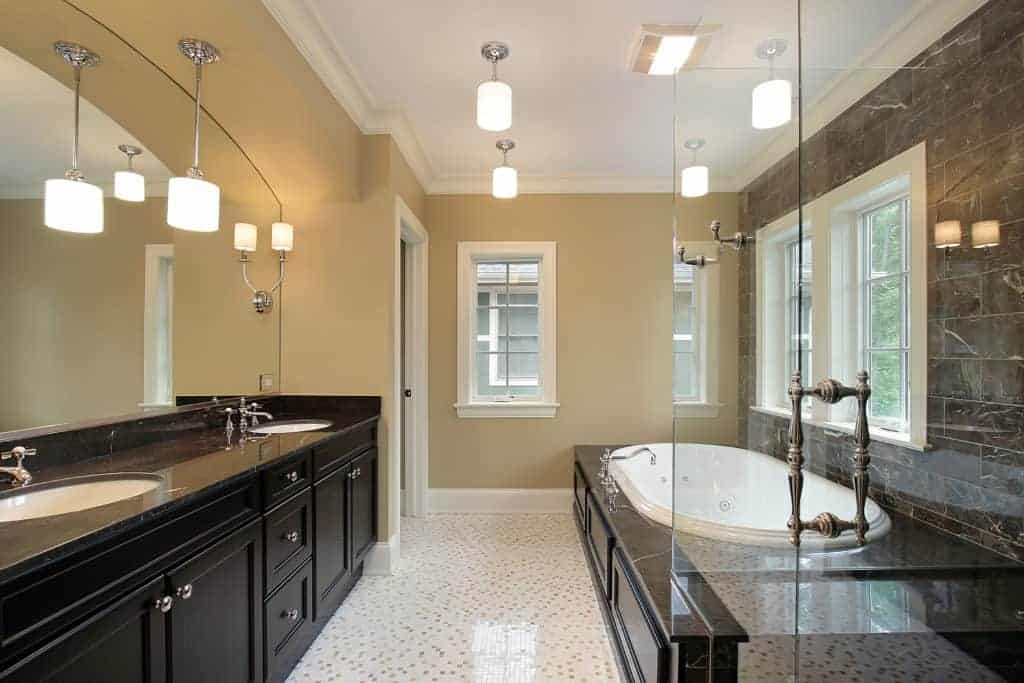
Bright lights cause stronger emotions
We often squint in discomfort when we stare into bright lights. But just being exposed to the brightly lit environment alone is enough to make us feel happier, angrier, or sadder.
Studies on how light affects human emotions have shown that light intensity is directly correlated with emotional intensity. The brighter the lights, the more intense the emotions. This apparently happens because brighter lights deceive our minds into thinking that there is significant heat, and we give off stronger emotional responses even in the absence of actual heat.
You can use variations of brighter and dimmer lights at home to accentuate or dampen emotions in parts of the house. In living rooms meant for frequent gatherings and hosting guests, brighter lighting might be a better choice. In bedrooms, softer, dimmer lights would be ideal.
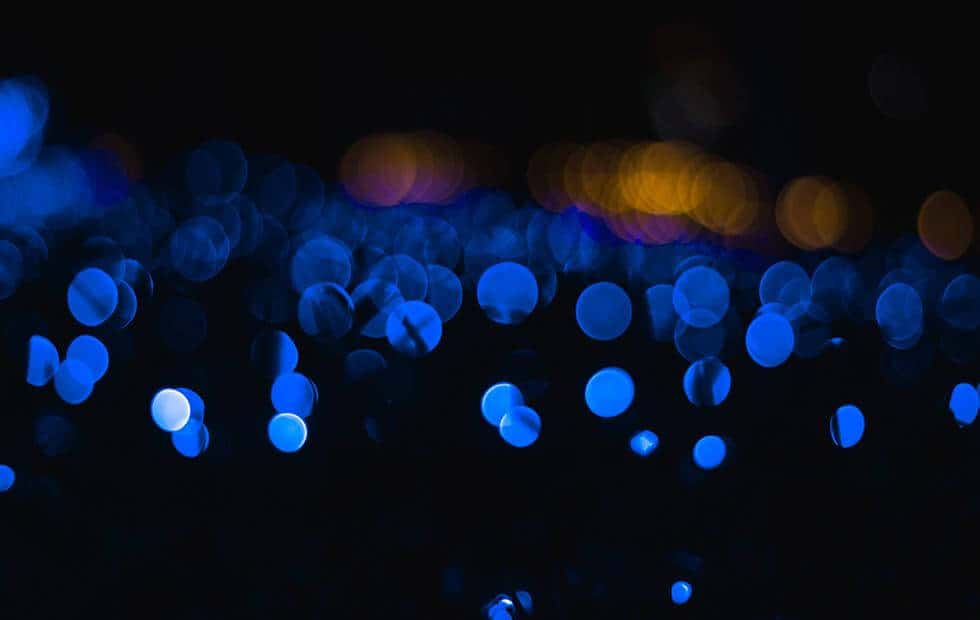
Blue light energizes us
If your child often stares at a screen and has frequent sleepless nights, blue light is the culprit.
Also known as blue-violet or violet light, blue light slips past the cornea and reaches directly into the retina of our eyes. This causes the burning sensation many of us who frequently stare into screens experience, and can lead to serious eye damage in the long run.
Blue light is emitted in significantly larger quantities from the display screens of computers, tablets, smartphones, and other digital devices. The main source of blue light, however, is actually sunlight.
This doesn’t mean you should avoid blue light as much as possible. Blue light is great for heightening concentration and helping us stay focused, and careful use of it in study rooms or other areas where we expect high productivity can be extremely beneficial.

Natural light is excellent for emotional and mental health
For a long time, it was believed that we can simply substitute sunlight with artificial lighting and receive the same benefits. That simply isn’t true.
Natural sunlight literally heals the soul. Besides the Vitamin D boost that natural light provides, being exposed to natural light through windows can lift our emotional wellbeing and helps reinforce our natural circadian rhythm.
Natural light is also great for lessening the ill effects of depression. It’s not a cure in itself, but patients report better treatment when exposed to sunlight and medicating with antidepressants at the same time.
Ideally, your home should allow for as much natural light to flow in. Not only is natural lighting great for your health, but it can also help alleviate your electricity bills.
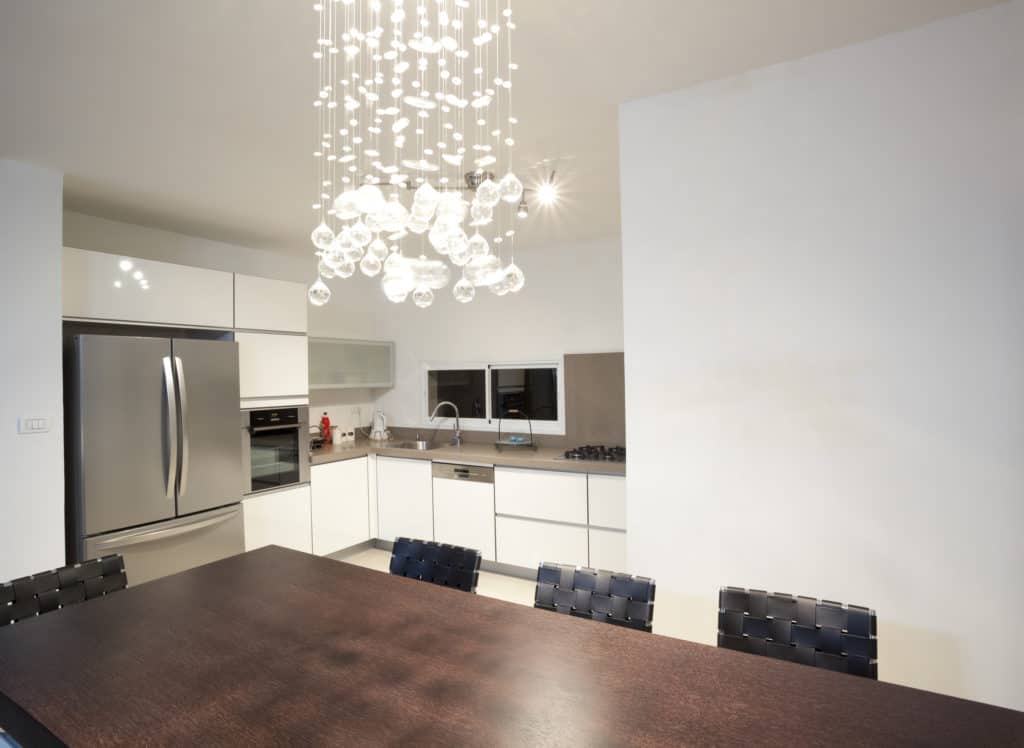
Light creates spatial illusions
Light has many health benefits, but it’s also a powerful tool you can use to manipulate how your living space is perceived by guests.
Light expands or diminishes space. Darker rooms tend to feel more cramped, while brightly lit rooms appear bigger than they actually are. This is the same logic behind why people wear black to appear thinner and wear white to appear bigger than they are.
If you’re planning an open concept for your home, effective light manipulation can greatly influence how well the openness plays out. At the same time, don’t forget to let in as much natural light as possible. Connecting your living space to the wider world outside adds a persuasive touch to optical illusions.
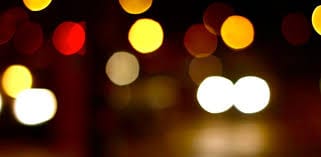
The brightest light draws the most attention
We all know that the person in the spotlight gets the most attention. The same idea applies to light at home. By varying light intensities in your home, you can draw attention away from and towards aspects of your home that you may want to showcase.
And it’s not just where the light shines that is important.
The shade or reflection created by bright lights can also be used to inform a visual journey through your home, obscure the unsightly or unimportant, and direct people to where they need to be in the living space.
Light up your life with BUTLER
Unlike painting your home, configuring the ideal light setup is trickier thanks to the need to manipulate shadows and reflections. Different lights may have different setup requirements, and it can be quite the hassle getting all the various configurations right.
Getting the perfect lighting setup gets a lot easier with us.
As part of our property management services, we serve our clients’ home electrical needs. Our professional electricians are well-informed on different lighting types and configurations.
We also understand how dust and other messes at home can cloud lighting decisions. Our routine housekeeping service helps keep your space clean and bright to complement your home lighting.
Great home lighting shapes your life for the better. Setting up great home lighting is easier for us. Get in touch with us and arrange for a consultation today!

